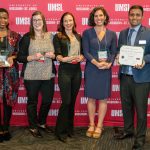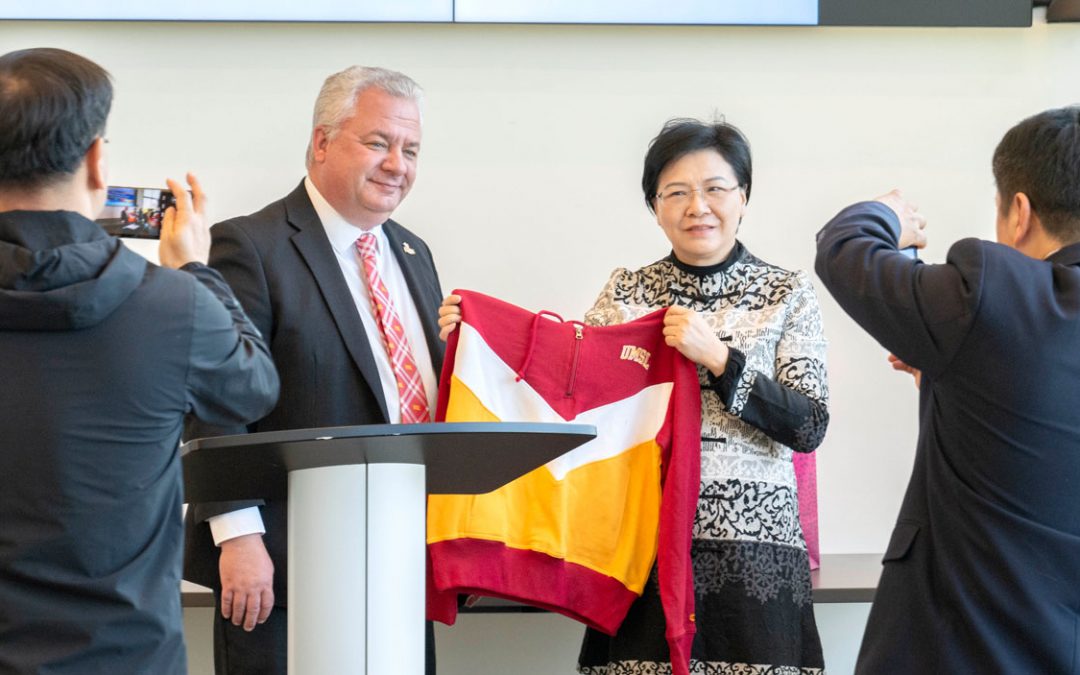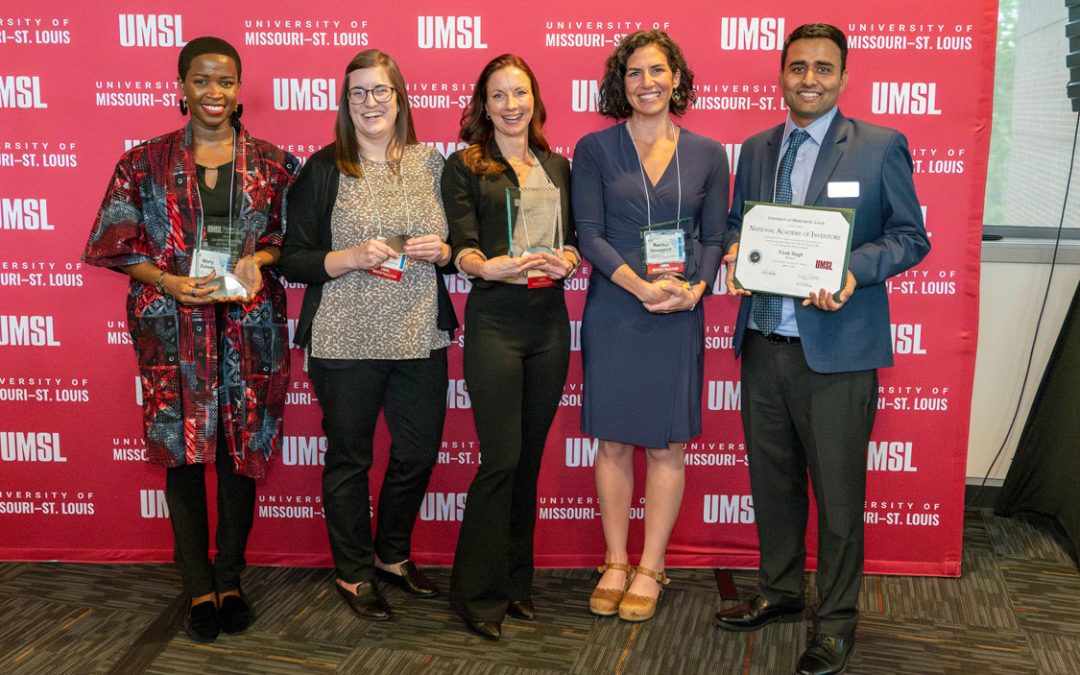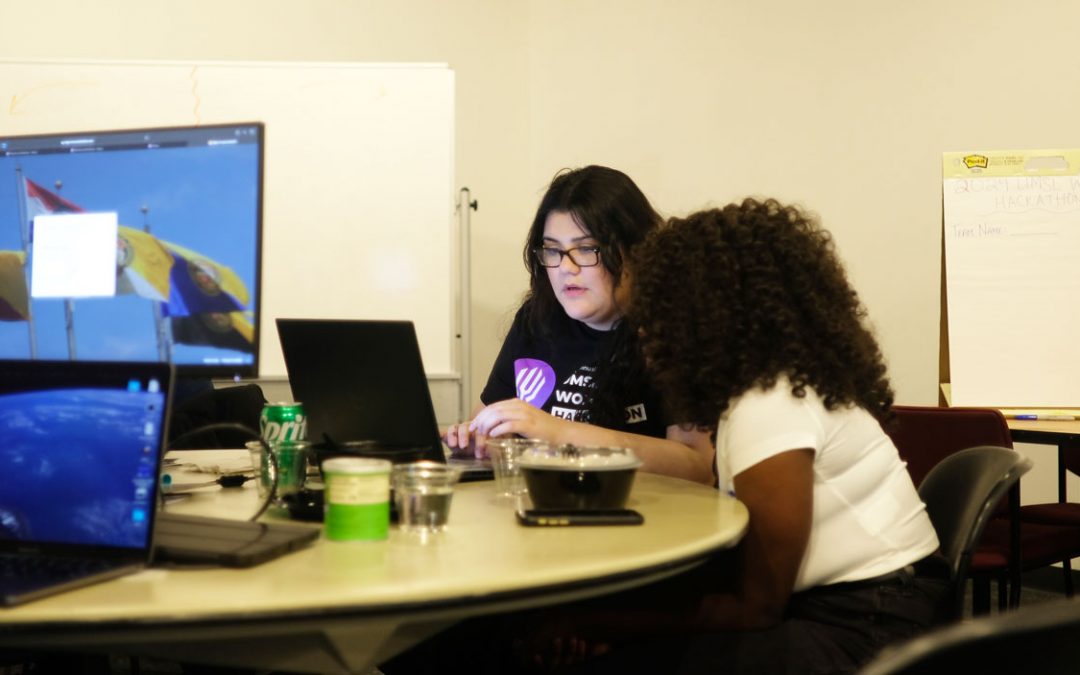The bug theme continues at the University of Missouri–St. Louis. Earlier this week an entomology class donned their insect costumes for Halloween. But now the scientists and friends of the Whitney R. Harris World Ecology Center are on to more serious insect issues bugging society – mosquitoes and other pests.

Raul Medina, an associate professor of entomology at Texas A&M University, will present on pest genetics and control at the 2016 Whitney and Anna Harris Conservation Forum. (Photo courtesy of Raul Medina)
The topic of the upcoming 2016 Whitney and Anna Harris Conservation Forum, pests will be discussed particularly in terms of ecology, disease vectors and control. It’s a timely topic considering the recent outbreak of the Zika Virus, which can be contracted from an infected mosquito’s bite. Zika is known for causing birth defects, specifically microcephaly, after infected mothers pass the virus to their fetuses during pregnancy.
Four researchers from institutions across the country will present on Zika and more at the forum to be held 5:30 p.m. Nov. 10 at the Saint Louis Zoo. The researchers include Steven Juliano, Raul F. Medina, Gordon Patterson and Kathleen Westby.
Medina, an associate professor of entomology at Texas A&M University, researches ecological factors in the population genetics of pests and the incorporation of those findings into control practices. He also holds a graduate certificate in tropical biology and conservation from UMSL, where the Harris Center (formerly the International Center for Tropical Ecology during Medina’s UMSL days in the 1990s) funded his studies and a paid internship in Costa Rica.
UMSL Daily caught up with Medina before next week’s forum for a sneak preview into his expertise on evolutionary biology, plant-insect interactions, pest genetics and best practices for pest control.
It may sound odd, but do you have a favorite pest?
Arthropods are for sure the class of living organisms that contain my favorite pests to study. Within arthropods one can find all sorts of answers to very important questions in evolutionary biology. The life cycles and sizes of species within arthropods makes them manageable for experimentation, which makes answering questions easier than with other groups of organisms with longer generation times and larger sizes.
They are also so beautiful and bizarre at the same time. Some arthropods are the closest to an alien species we can encounter within our own planet. Arthropods also represent a very different way to succeed in life in comparison to humans and other vertebrates. So it is always surprising to me to see how organisms so different from us find answers to the same problems we experience as a species. And hey, they have been here much longer, so they may have clever solutions to some issues, solutions that are there waiting to be studied.
How quickly do species evolve in relation to their environment?
Arthropod species can evolve very quickly in response to variation in their environment. We know, for example, that the soapberry bug in the U.S. has changed its beak size to adapt to introduced trees with different seed sizes in as fast as 20 years in some instances. That single adaptation is observed in one insect trait (i.e., beak size). We also know that in around 200 years the apple maggot in the U.S., which originally occurred in association with hawthorn trees, has been able to evolve genetically distinct populations in apples after the introduction of the fruit to the U.S.
What sort of genetic variations are you seeing in pest species?
We are finding out that several species we regarded as generalists (i.e., able to feed on a variety of resources) are composed by genetically distinct lineages, which tend to favor some resources more than others. Several pest species are composed by genetically distinct populations that co-exist within the same geographic locations, sometimes attacking different hosts. Genetically distinct populations may differ in traits relevant to their control. Thus, it is important to know the genetic composition of pest populations at specific locations so that population genetics informs modern pest control measurements.
When we think of pest control, we usually think of pesticides, but what other forms of control are there?
There are several other ways, besides pesticides, to control pests. We can use biological control (the use of living organisms to kill pest species), cultural control (the use of certain practices such as rotating crops to prevent pests from attacking), we can breed plant varieties resistant to crops and now we can also use genetically engineered crops to reduce pest attacks. We can now also use genetic engineering to alter the genotypes of pest populations to suppress them or to replace them by genotypes that lack or have ameliorated pestiferous traits. At the Harris Center forum, I will talk more on the genetic control methods and their relevance in fighting mosquitoes vectoring human and animal diseases.
The 2016 Whitney and Anna Harris Conservation Forum is free and open to the public, but registration is required. Contact Ashley Johns at 314-516-4246 or johnsa@umsl.edu.















